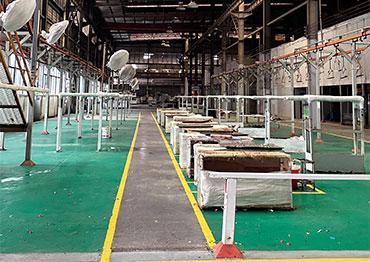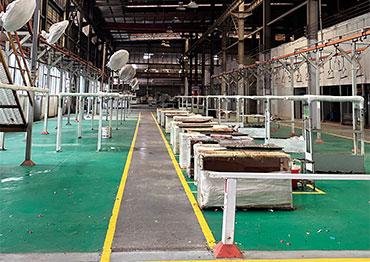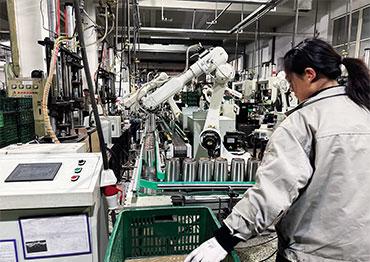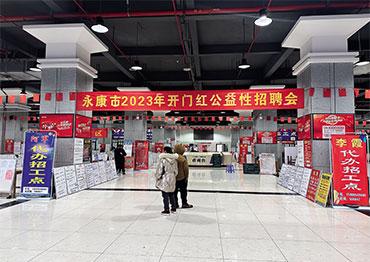By 2025, the talent shortage in 10 major manufacturing sectors, including shipbuilding and new energy vehicle production, is expected to reach nearly 30 million, according to a 2016 guideline for manufacturing industry talent development released by human resources, education and industry authorities.
Between 2010 and 2021, the proportion of migrant workers in manufacturing shrank for 11 years in a row, from 36.7 to 27.1 percent, according to data from the National Bureau of Statistics (NBS).
In Yongkang, the number of young people under 25 seeking work decreased by 20 percent compared with 2022, Yuan estimated. There is a big difference between people born after 2000 and the 1970s and 80s. Mostly only children, they live a good life and their parents take good care of them. They feel less pressure from life and “don’t think twice about quitting a job,” Yuan said.
Several interviewed company managers suggested that many young factory workers lack the adventurous spirit and industriousness of their predecessors.
Wonly’s production director Li Tingqian, who was born in the 1980s in Yunnan Province, said he lined up for hours in the rain at the firm’s factory gate over 20 years ago. “It was difficult to get [work] in factories then,” he said.
Cherishing the opportunity, Li worked hard as an assembler. His diligence sent him through the ranks, from team leader to workshop chief and eventually factory manager. At Wonly, there are around 50 workers like Li who have stayed there for over 20 years and earned equity-based incentives.
Ying told NewsChina that now it is common for young workers to leave without passing their probation. “Being a technician requires a lot of training before you can earn a good salary. Some positions require one to be an apprentice for at least half a year. Many young people don’t want to wait so long,” Ying said. Young people do not want to invest time in training for a job, when they can easily get part-time or other temporary jobs, he said.
Factory salaries, usually lower than the service industry for non-technical workers, are just one factor that discourages young people, Ying said.
Compared to being a delivery driver or courier, working in a factory is more like school, with strict clocking in and out, and no free time during the day, even when wages are higher than gig economy jobs. “So even though a technician might earn over 10,000 yuan (US$1,448) a month, it’s not attractive to them,” Ying noted.
Factories are losing out to rapidly expanding service industries that allow young workers more options. “China’s service sector, which remains labor intensive, will play an increasingly larger role in absorbing labor. It’s an irreversible trend,” said Sun Wenkai, a research fellow of National Academy of Development and Strategy at the Renmin University of China in Beijing.
Factories can be noisy, dirty and polluted, and may require heavy manual labor. Unlike older generations who put up with it, young workers do not want to risk their health to work in a dreary, repetitive job.
In Yongkang’s door industry, for example, workers print designs on security doors, which involves toxic heavy metals and pigments. It was a job workers scrambled for 10 years ago. Now, as older workers age out, it is hard to find replacements. As a result, unskilled females over 40 and males over 50 are overlooked by factories.
Despite of that, the proportion of migrant workers aged bove 50 increased from 17.9 to 27.3 percent between 2015 and 2021, while young workers between 21-30 dwindled from 29.2 to 19.6 percent, according to the NBS.

 Old Version
Old Version


